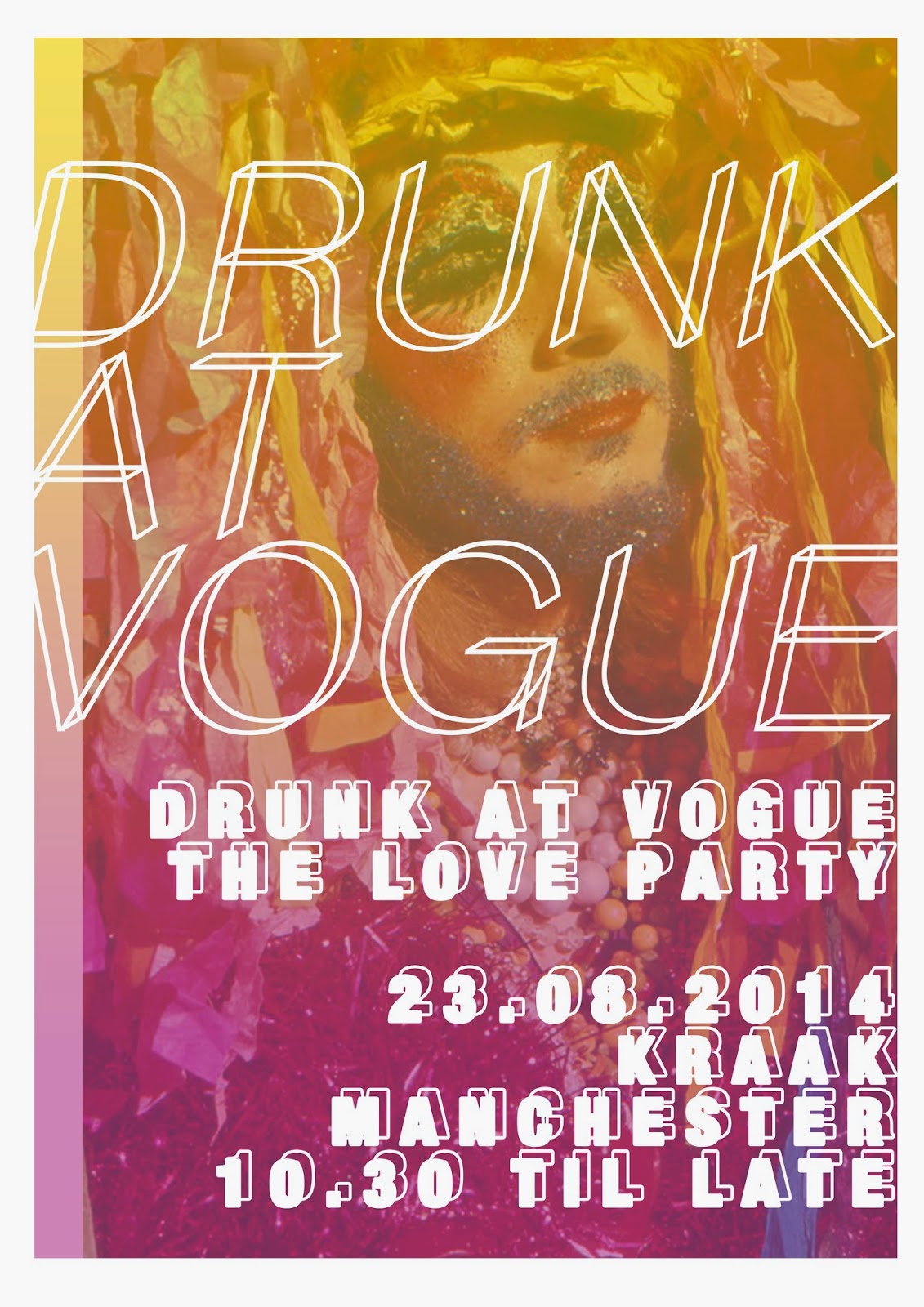Tom of Finland
by John Hodgkiss
There’s something completely natural, something almost expected, about a generation appearing shocking or vulgar to the generation that preceded it. Mary Quant sent parent’s blood pressures through the roof as they watched their daughters’ bare thighs racing out though their front doors and the music of acts like Joy Division and that crazy goth Siouxsie and her bloody Banshees can’t have been an easy adjustment for many Grannies and Grandpas. However, the wheel keeps on turning and the next generation brings with it its own set of cultural and artistic standards which challenge and provoke it’s predecessors. That’s why there’s something so fantastic about a man, who if alive today would be 94 years old, whose work is still able to shock, unnerve and cause even the most desensitised among the current generation to gasp (and probably blush!).
I can’t really draw, as others have with the subjects of their writing, many similarities between the life of Touko Laaksonen (aka Tom of Finland) and myself. Our parents were both educators, but that is about it. His work wasn’t something I became familiar with as a child and so holds a sense of nostalgia, as fetishised homoerotic imagery wasn’t really my parent’s thing (I don’t think). As a definite non-artist, I can’t even cite him as somebody who has influenced any of my own creative output (of which there is little). All I can say about his work is that I love it. I love it all.
There was a time in my life, as I’m sure is the same for most LGBT people, when I felt a deep sense of unease about the person I was. Growing up in a predominantly heterosexual environment with very little exposure to, or understanding of, homosexuality leaves a lot of people confused, conflicted and unsure of themselves. This was certainly true for me. I remember visiting MoMA in New York in my teens and seeing a collection of Tom of Finland drawings in one of the permanent exhibits. I was certainly shocked by what I saw. Laaksonen’s work is truly unapologetic. You don't have to look at it if you don't want to, or if you find it disgusting or crude or just plain crap. But there’s no pretending it is anything other than what it is. There’s no ambiguity.There’s certainly no explaining it away to mother when she finds it under your mattress (not that that happened to me!). I remember looking at that art work hanging in that gallery and thinking how utterly brave it was.
He was an artist producing work in a time when homoerotic imagery was disguised as photography of men demonstrating physical fitness in health publications. Until the overturning of US censorship laws regarding male nudity in the early 1960s, his erotic work was privately commissioned. However, with the overturning of the censorship laws, did not come any huge shift in public opinion regarding homosexuality or indeed images of an explicitly homosexual nature. Although his artwork portrayed often eye-wateringly exaggerated representations of masculinity, these homomasculine images were a far cry from the notions of homosexuality present in the heterosexual popular consciousness. His work helped to represent a more diverse and growing homosexual subculture and became more widely accessible throughout the 1970s and 1980s.
Tom of Finland’s work was and still is extremely divisive. I don’t much care whether you like it or you hate it. I don’t care whether you consider it art or pornography. That isn’t really anything to do with the point I’m making. The reason I wanted to talk about his work is because it helped me to come to terms with the person that I am. It helped me to feel as though I didn’t have to be ambiguous about the person that I am. I didn’t have to just say, “no”, if somebody asked me if I had a girlfriend. I could say that I had a boyfriend and that I loved him. Obviously Im not advocating walking around performing explicit homosexual acts in public just to make sure everybody knows you’re gay, or that discretion regarding aspects of your identity and private life are a negative thing. I just decided that day that I didn’t want to feel uncomfortable anymore about who I was and that I wasn’t prepared to live my life in secret. I was shocked, by a man long dead, into a thought process that changed how I thought about myself. His work helped me feel proud about myself and about my love. I think that is pretty bloody inspirational.
John Hodgkiss DJs at clubnight Hot Space and, in his spare time, is a Primary School teacher.















